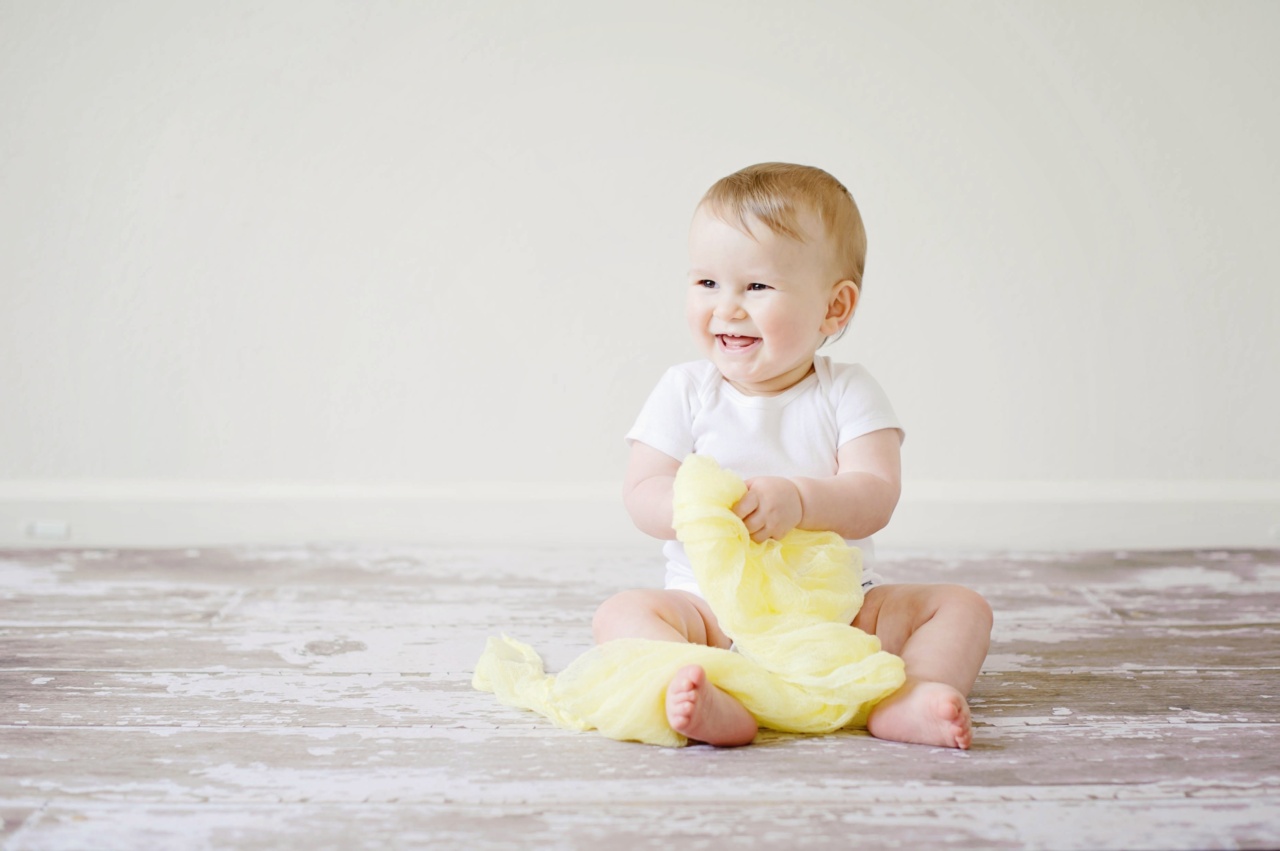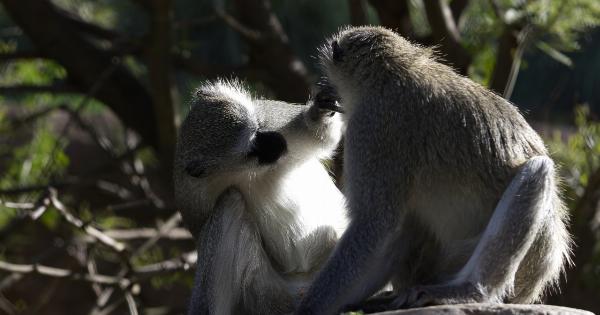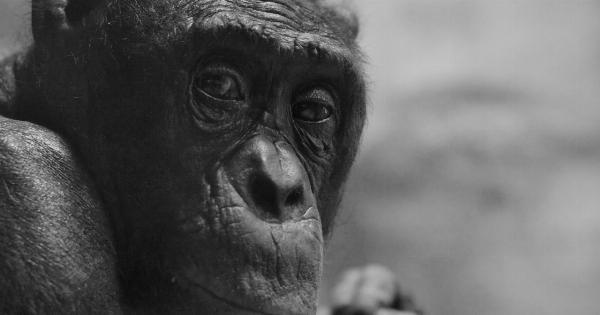Have you ever wondered why babies smile so mysteriously? It’s a sight that melts our hearts and ignites our curiosity. A baby’s smile is undoubtedly one of the most captivating and enchanting expressions in the world.
But what causes this adorable phenomenon? In this article, we will explore the factors behind the mysterious smile of a baby.
The Role of Reflexes
One of the primary reasons behind a baby’s smile is the presence of reflexes. Reflexes are involuntary responses that infants are born with.
The sucking and rooting reflexes, for example, are nature’s way of ensuring a baby’s survival by instinctively guiding them to find their mother’s nipple for nourishment, shortly after birth. When a baby’s cheek is stroked, they turn their head towards that direction to search for a nipple. This reflex often results in a sweet smile as the baby anticipates feeding.
Imitation and Social Learning
Babies are remarkable imitators from an early age. Their brains are wired to observe, process, and mimic the actions of those around them. As they grow, they consciously or subconsciously observe and imitate the facial expressions of their caregivers.
When a baby sees their parents or siblings smiling, they learn that it is a joyful expression and instinctively try to imitate it. This process not only deepens their bond with their loved ones but also enhances their social learning and emotional development.
Communication and Interaction
The mysterious smile of a baby also serves as a medium of communication. As babies cannot yet articulate their needs or feelings through words, they rely heavily on non-verbal cues.
A smile is their way of expressing happiness, contentment, or seeking attention. It acts as an invitation for interaction, allowing parents and caregivers to understand and respond to their baby’s needs more effectively. This innate ability to communicate through smiles strengthens the crucial bond between a parent and child.
Exploring Emotions
Babies experience a wide range of emotions, just like adults. Smiling can be one of the first signs of their emotional response to certain stimuli. As they enter their third month of life, babies start to develop more complex emotions.
They may smile in response to affection, gentle touches, or when they hear a familiar voice. These smiles are manifestations of their growing emotional awareness and provide parents with a glimpse into their inner world.
The Role of Dopamine
Scientists have discovered that smiling releases a natural chemical called dopamine in the brain. Dopamine is often referred to as the “feel-good” hormone as it is linked to pleasure and reward.
When a baby smiles, their brain triggers the release of dopamine, resulting in feelings of happiness and joy. This phenomenon not only reinforces the act of smiling itself but also encourages positive interactions and strengthens the baby’s emotional well-being.
Unconscious Muscle Movements
Another interesting aspect of a baby’s mysterious smile is the role of unconscious muscle movements. As babies grow and their facial muscles develop, they begin to engage in random facial movements known as reflexive smiles.
These smiles are not necessarily a response to external stimuli but rather a result of the neural pathways and connections in their developing brain. They can occur during sleep or while the baby is alone, seemingly smiling at nothing in particular.
The Influence of Dreams
Dreaming plays a significant role in a baby’s development and mental stimulation. Studies have shown that babies spend a significant portion of their sleep in the REM (Rapid Eye Movement) phase, which is associated with dreaming.
It is believed that babies may experience pleasant dreams during this phase, which can elicit smiles. These dream-induced smiles bring an added layer of mystery to a baby’s smile, as we can only wonder what joyful or whimsical experiences are playing out in their minds.
Parental Bonding and Positive Reinforcement
A baby’s smile has a profound impact on their parents and caregivers. It triggers a sense of joy, love, and protection, which strengthens the bond between the baby and those who care for them.
This bonding effect, in turn, leads to increased smiles from the caregivers themselves. It becomes a positive reinforcement loop where the baby’s smile elicits a smile from the parent, creating a feedback mechanism that nurtures love, connection, and emotional well-being for both.
Mirroring Behavior
Humans have a natural tendency to mirror the expressions and emotions of those around them. Babies are particularly susceptible to this phenomenon. They have an innate ability to mimic facial expressions they witness, often referred to as mirror neurons.
When a caregiver smiles at a baby, the baby instinctively mirrors that smile, creating a harmonious exchange of positive emotions. This mirroring behavior not only helps babies to develop empathy but also enhances their social cognition.
The Magic of Innocence
Lastly, the mysterious smile of a baby can simply be attributed to the magic of innocence. Babies are born pure and untouched by the complexities of the world.
Their smiles may not always have a specific cause, but instead, arise from a place of pure happiness and wonder. Their smiles radiate innocence, joy, and a zest for life that captivates everyone fortunate enough to witness them.





























